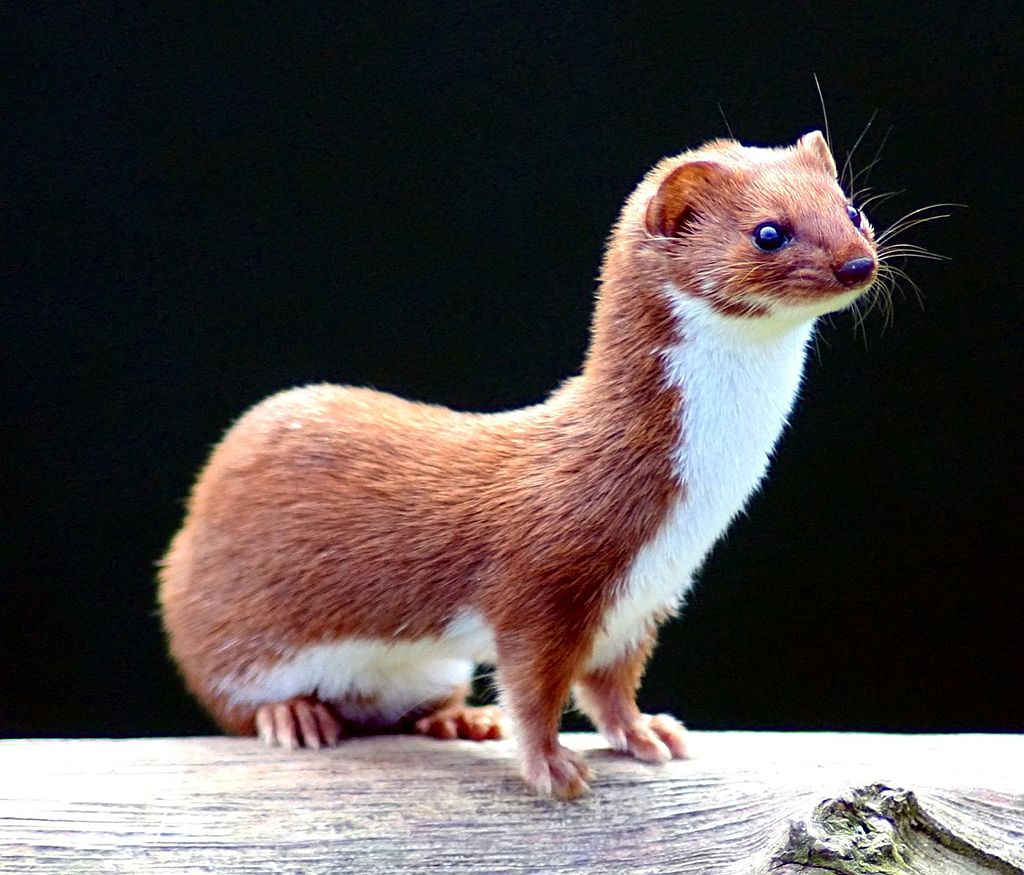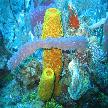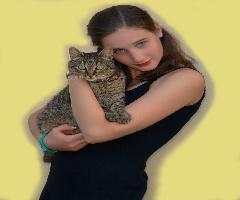

- Category :Reptiles
Natural Diet
Natural Diet
In the wild bearded dragons is what’s called opportunistic omnivores. Their diet will consist of what’s available in their area at that time. If there in an area where there’s a lot of vegetation, then they will eat all of the fruits and vegetables they can. If there in an area where there are a lot of insects, then they will feast on all of the insects. When they get to be adults, the adults are able to eat mice, small birds, other lizards, and small snakes. A variety of both vegetables and meat will ensure proper nutrition, and also vitamins and minerals that they need to remain healthy.
Pet Diet
Insects that may be given to a bearded dragon includes:
1.
Crickets
2. Mealworms
3. Waxworms
4. Fruit Flies
5. Superworms
6. Roaches
7. Pinkie Mice
8. Small Lizards (anoles and house geckos)
9. Adult Mice
Vegetable that may be given to a bearded dragon includes: (Fertilizer Free)
1. Green and red cabbage
2. Kale
3. Collard Greens
4. Carrots and Carrot Tops
5. Mustard Greens
6. Arugula
7. Parsley
8. Okra
9. Bell Peppers
10. Alfalfa Sprouts
11. Peeled Grapes
12. Green Beans
13. Mixed Frozen Vegetables
14. Romaine Lettuce
15. Green Peas
16. Hibiscus
17. Dandelion leaves and flowers
Gut-Loading
Crickets and most of all the feeder insects don’t provide the bearded dragon with all the nutrients that it needs. So there’s a process called gut-loading. Gut-Loading is a simple 48 hour process where you feed crickets and other feeder insects items such as tropical fish food, dried puppy kibble, and or baby cereal. For water you can use vegetables such as carrots, sweet potatoes, orange slices, and leafy green stems. The insects will eat these items for 48 hours. Then after 48 hours you may feed your bearded dragons the fed insects and they will transfer all of these nutrients to the bearded dragon. This process can help to increase the growth rate of your bearded dragon.
Vitamins and Minerals
Just like the nutrients explained above that the bearded dragons get when they eat both vegetables and insects, vitamins and minerals also play a vital role in the growth and health of a bearded dragon. The most important one of these is Vitamin D3 and calcium, which are crucial for there bones, teeth, and egg shells for female bearded dragons. One should note that both calcium and vitamin D3 should be given both together at the same time. The reason for this is because bearded dragons cant metabolize the calcium if the intake of vitamin D3 is to low. Don't worry about this too much, they sell a supplement of calcium and vitamin D3 together so they will get enough of both, this may be found at your local pet store or online. If you have a bearded dragon thats a hatchling (4 months or less) they will need daily doses of the vitamin D3 and calcium. If you have a bearded dragon thats a juvenile(4-18 months) they will need 3-4 doses per week. Also when you buy the pre mixed supplement of calcium and vitamin D3 look to see the ratio of calcium to phosphorous. A 2 -1 ration is great and even better a 3-1. Be careful to how much of other vitamins and minerals that is given to your bearded dragons. If given to much of any, can be harmful to the bearded dragon. For and example Vitamin A is kept withing the bearded dragons body so too much can actually become toxic. If your going to give the bearded dragon a vitamin A supplement try to find one that contains beta carotene instead of other forms of the vitamin. Use a multivitamin supplement no more than two times a week for a hatchling. For a juvenile or an adult once a week is all thats needed, Also only use vitamin and mineral supplements that are only designed for reptiles.
Feeding Schedule
Monitoring the amount of food your bearded dragon eats can help you handle how fast it should grow, and the nutrients that might be lacking in its diet. While at the same time, prevent overeating and obesity. Not all bearded dragons are the same, their food and nutrition requirements become different at the various stages of their life. The three stages of a bearded dragons life is the hatchling, juvenile, and adult stages. I have given you the three sample feeding schedules at the bottom.
Hatchlings
Hatchlings are less than 4 to 5 months old and are very fragile, it is critical that the lizard receives ample nutrients; do not feed your hatchling any prey items that are larger than its head because it can cause serious injury, disability, or even death. Feeding it fruit flies, pinheads, small crickets, and small wax worms you can find are all good choices. Because of their extremely large appetite, a hatchling will try to consume prey that is too large, a baby dragon that consumes food that is too big can slip into a state of paralysis or it may even die. Do not feed your hatchling mealworms. The hatchling is in a rapid stage of growth so they have different nutritional needs than adults. They should receive a higher percentage of insects and other animal protein than the adults. Their diets should consist of 60 to 80 percent animal protein and 20 to 40 percent of vegetables. They must be fed several of times each day due to their rapid metabolism. Feed them tiny insects three to four times a day. Dust one meal a day in a calcium/D3 supplement if you haven't added these supplements to the gut loading mixture. If you feed exclusively gut loaded prey items that have received the vitamin/mineral supplements, no additional dusting is necessary. Your hatchling should also be fed finely chopped vegetables at least three times a week; daily is best. Because a baby dragons metabolism is so high and its reserves are low, its very important to not miss a feeding. Unlike the juveniles and adults, a baby bearded dragon can literally starve to death.
Juveniles
Your dragon is considered to be a juvenile at the age of 4 to 5 months old. Once your dragon is a juvenile, you can decrease the frequency of feedings. When a dragon hits the juvenile stage of its life, it is no longer necessary to feed them three times a day because of its increase in mass and fat reserves. The bearded dragon’s growth rate has also decreased, so do not feed them so frequently as it will cause your dragon to become obese and unhealthy. Your dragon only requires one insect per day coupled with at least four veggie feedings per week however a variety of fare coupled with a regular vitamin mineral supplementation is still necessary. Supplement a meal per week with a broad spectrum vitamin supplement, and three meals peer week with some calcium/D3 powder. The juveniles are larger and stronger than they were when they were juveniles so they can be fed some of the foods that were off limits when they were hatchlings. They can now be fed mealworms and pinkie mice (offered only once every 2 to 3 weeks). Remember that the prey items need to be smaller than their head. It's important that you increase the amount of vegetables your dragon eats and slightly decrease the amount of animal proteins it ingests.
Adults
Your dragon is considered an adult at the age of 18 months or older; its feeding schedule is less strict at this point of its life. They may be sustained on a rotating diet of insects and veggies fed daily to every other day, with vitamin/calcium/D3 supplements added once per week. Adult dragons can also be fed pinkies, adult mice, canned dog food, and small lizards as occasional treats; no more than one treat every 3 weeks to a month. Adults can become obese very easily, so watch its rate and adjust the amount of food it eats if necessary.
-
Previous
Identifying The Cat That Chose You
Related Articles
The Fleas Life Cycle
To understand the fleas life cycle you must know all the stages of its life. From egg to adult the flea will go through many changes..
How To Care Budgerigar Parrot
Budgerigars are known as one of the lovely and easy to care pets because of their socialization attitudes. This article provides you interesting aspects to Birds lovers especially for those who love to pet this cute and Social Birdie..
Tips On How To Pick Up A Cat The Right Way
Cats are adorable pets, however, they can become very moody at times especially, when you are trying to pick them up, they can scratch, bite and swing around in your arm if not picked up properly. Here are a few simple tips on how to pick up a cat like a pro..







